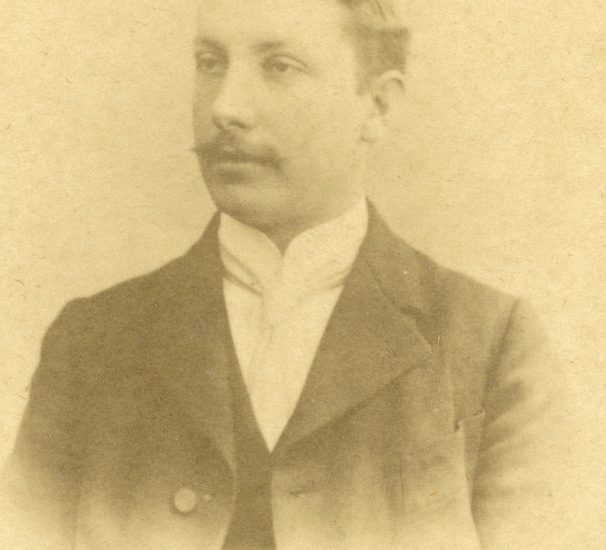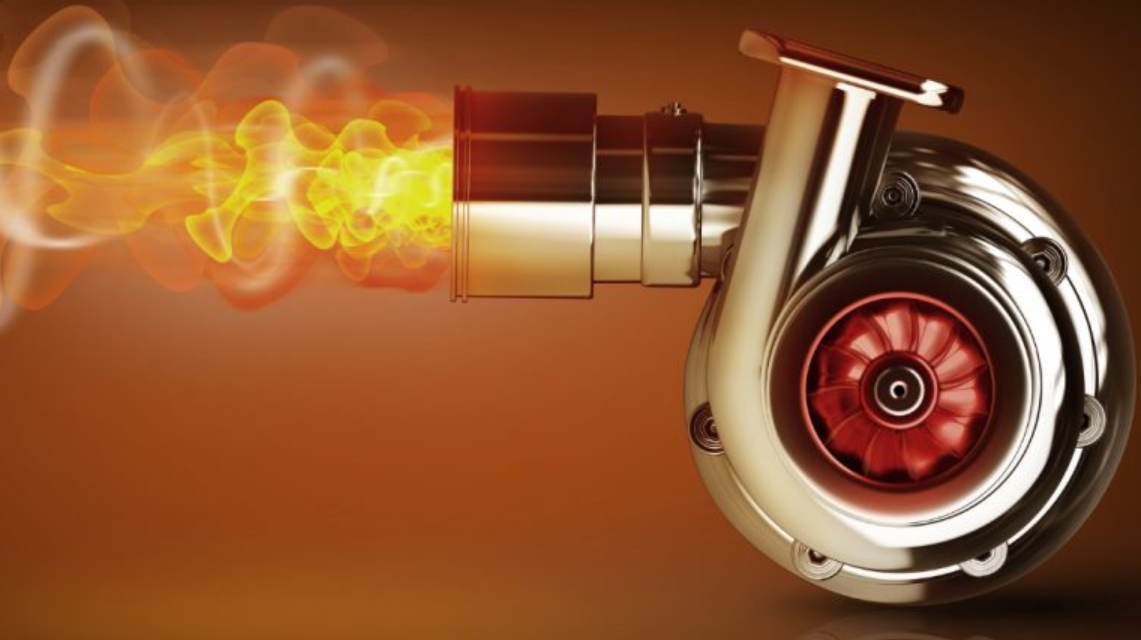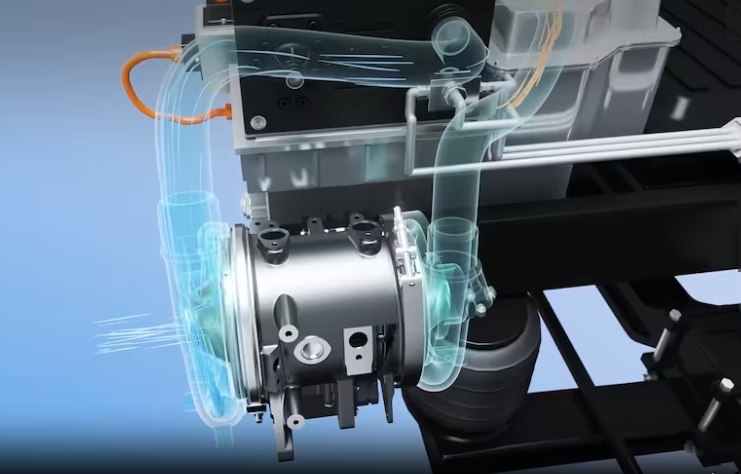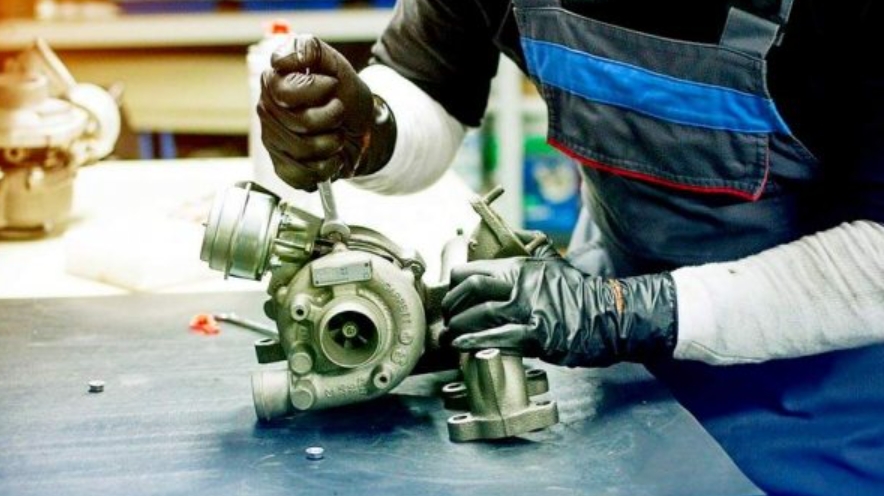
History of the turbocharger (turbine)
The principle of turbocharging was patented by Alfred Buchi in 1911 at the US Patent Office. The patent number (1006907 October 1911 Buchi).
The history of turbocharger development started around the same time as the construction of the first examples of internal combustion engines. Between 1885 and 1896 Gottlieb Daimler and Rudolf Diesel were researching ways of increasing power output and reducing fuel consumption by compressing air into the combustion chamber.
In 1905, the Swiss engineer Alfred Buchi successfully implemented the first combustion pressurisation with exhaust gas, which resulted in an increase in power output of 40 percent. This event marked the beginning of the evolution and practical application of turbo technology.
The scope of the first turbochargers was limited to extremely large engines, in particular ship engines. In aviation, with some success, turbochargers were used on fighters with Renault engines as early as World War I.
By the second half of the 1930s advances in technology made it possible to create really successful aircraft turbochargers, which in significantly boosted engines were used mainly to increase altitude. The greatest successes in this were achieved by the Americans, who installed turbochargers on P-38 fighters and B-17 bombers in 1938.
Already during the war, the USA developed the P-47 fighter with a very powerful turbocharger, which was switched off and was used for afterburners, dramatically increasing power and fuel consumption.In the automotive sector, the first to use turbochargers were truck manufacturers. In 1938, Swiss Machine Works Sauer built the first turbocharger for a truck.
The first passenger cars equipped with turbochargers were the Chevrolet Corvair Monza and Oldsmobile Jetfire, which entered the US market in 1962-1963. Despite the obvious technical advantages, the low level of reliability led to the rapid disappearance of these models.
The introduction of turbocharged engines in sports cars, particularly Formula 1, in the 1970s led to a significant increase in the popularity of turbochargers. The prefix ‘turbo’ started to come into fashion.
At the time, almost all car manufacturers offered at least one model with a petrol turbo engine. However, as the years passed, the trend towards turbocharging started to fade, as it became apparent that although turbocharging could increase the power of a petrol engine, it would greatly increase fuel consumption. At first, the lag in turbocharger response was quite large, which was also a serious argument against fitting a turbine to a petrol engine.
A radical change in turbocharger development came with the installation of a turbocharger on the Saab 99 Turbo production car in 1977, followed in 1978 by the introduction of the Mercedes-Benz 300 SD, the first passenger car to be equipped with a turbocharged diesel engine. In 1981, the Mercedes-Benz 300 SD was followed by the VW Turbodiesel.
With the turbocharger, the manufacturers managed to increase the efficiency of the diesel engine to the level of a petrol engine, while maintaining a significantly lower level of exhaust emissions. In general, diesel engines have a higher compression ratio and, because of adiabatic expansion during operation, their exhaust gases have a lower temperature.
This reduces the requirements on the heat resistance of the turbine, and allows cheaper or more sophisticated designs. This is why turbines on diesel engines are much more common than on petrol engines, and most of the innovations (e.g. variable geometry turbines) first appear on diesel engines.



